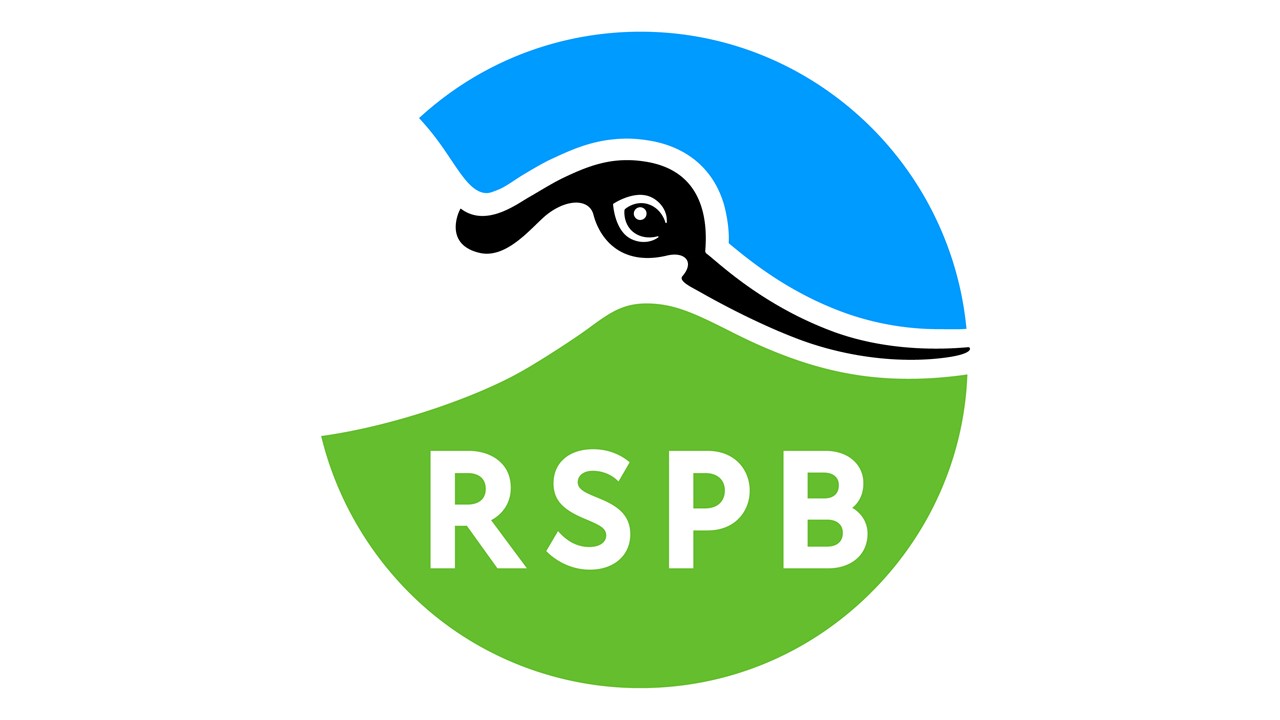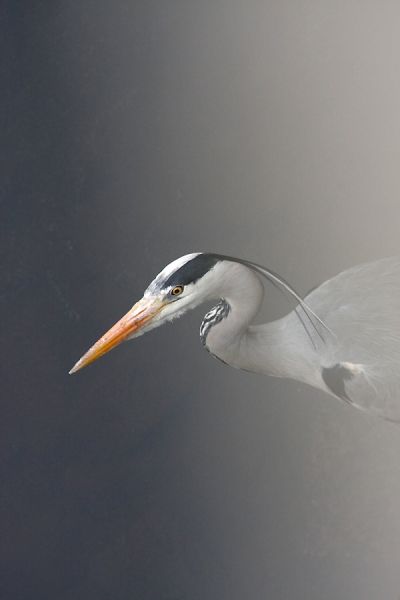About the Wetland Bird Survey
The Wetland Bird Survey (WeBS) is the monitoring scheme for non-breeding waterbirds in the UK, which aims to provide the principal data for the conservation of their populations and wetland habitats.
The UK is of outstanding international importance for waterbirds. Lying on some of the major flyways for Arctic-nesting species, large numbers of waterbirds are attracted, especially during winter, by the relatively mild climate and extensive areas of wetland, notably estuaries. The UK thus has both moral and legal obligations to conserve both these waterbirds and the wetlands upon which they depend.
Long-term Monitoring of UK Waterbirds
Continuing a tradition begun in 1947, around 3,000 volunteer counters participate in synchronised monthly counts at wetlands of all habitat types, mainly during the winter period. These WeBS Core Counts are supplemented by occasional WeBS Low Tide Counts undertaken on estuaries, with the aim of identifying key feeding areas.
WeBS is a partnership run by the WeBS team at the BTO with the help of volunteer WeBS Local Organisers.
Results
The information collected is used to assess the size of non-breeding waterbird populations, determine trends in their numbers and distribution, and assess the importance of individual sites for waterbirds, in line with the requirements of international conservation Conventions and Directives.
Species trends, peak counts and site summary data are accessible to all online, via the WeBS Annual Report; more detailed datasets for research, management, impact assessment and other uses are obtainable via the WeBS data request service.
Conservation and Monitoring of Migratory Waterbirds
The UK has ratified the Agreement on the Conservation of African-Eurasian Migratory Waterbirds (AEWA) of the ‘Bonn’ Convention on the Conservation of Migratory Species of Wild Animals. AEWA entered into force in 1999. It is a specific Agreement requiring nations to take coordinated measures to conserve migratory waterbirds given their particular vulnerability due to their migration over long distances and their dependence on networks that are decreasing in extent and becoming degraded through non-sustainable human activities. Article three of the Agreement requires, among other things, that sites and habitats for migratory waterbirds are identified, protected and managed appropriately, that parties initiate or support research into the ecology of these species, and exchange information and results. Explicit in this Agreement is that adequate monitoring programmes are set in place to fulfil these objectives and the Action Plan to the Agreement specifically requires that nations endeavour to monitor waterbird populations.
Mid-winter WeBS data also contributes to the International Waterfowl Census, so that waterbirds status can be assessed at an international scale across the African-Eurasian flyway area.











Share this page